Iron is essential for our health and present in every human cell, primarily associated with proteins forming the oxygen carrier hemoglobin molecule. The human body contains about 4 grams of iron.
Dietary iron comes in two forms, one of which is only found in animal meat, as it is derived from hemoglobin and myoglobin in animal tissues. Another form of iron is found in plant foods and dairy products.
The functions of iron in the human body
- Distribution of oxygen - iron serves as the core of the hemoglobin molecule, which is oxygen-carrying component of red blood cells. Red blood cells absorb oxygen from the lungs and spread to tissues in the body. Their power is explained by the presence of iron in the hemoglobin molecule. In the absence of iron, the body will produce less hemoglobin and therefore have less oxygen delivery to the tissues.
- Iron is also an important component of a protein called myoglobin. It is also an oxygen-carrying molecule that distributes oxygen to the cells in the muscles, especially those vital muscles of the heart.
- Energy production - iron plays a key role in energy production as a component of some enzymes, including catalase and iron, iron peroxidase and cytochrome enzymes. It is also involved in the production of carnitine, a minor amino acid, essential for the proper absorption of fats. Immune function is also dependent on the presence of sufficient iron.
Daily iron intake
The need of the individual groups of iron is different. The need for iron per 1 kg weight is as follows: Adults - 0.1 mg, for children - 0.6 mg, for pregnant women - 0.3 mg. These amounts of iron are calculated per day.
Iron deficiency
Iron deficiency can be caused by inadequate dietary intake, poor absorption, parasitic infections, and medical conditions that cause internal bleeding. People who donate blood regularly, women with excessive menstrual bleeding, those who use drugs (eg, antacids) that interfere with the absorption of iron, as well as pregnant and lactating women may be at risk of iron deficiency. In addition, the elderly, vegetarians and children are often found with an insufficient intake of this mineral.
Iron deficiency causes hypochromism and anemia, a condition characterized by insufficient red blood cells and reduced oxygen-carrying capacity. People with low iron content in the body have different symptoms, including fatigue, weakness, poor endurance, reduced ability to concentrate, increased susceptibility to infections, hair loss, dizziness, headaches, brittle nails, apathy and depression. They may also have unusual feeding behavior called pica, in which they eat inappropriate or inedible materials such as mud, clay, charcoal and lead. In children, iron deficiency is associated with learning disabilities and lower IQ.
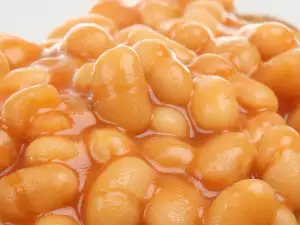
Overdose of iron
Iron poisoning is caused by ingestion of large amounts of iron-containing supplements, it causes nausea, vomiting, damage to the lining of the intestinal tract, shock, liver failure and is the leading cause of death among children.
Much of the iron we get from food is contained in cereals, especially in the bran and germ. As a result of grinding corn, which removes the bran and germ, eliminating about 75% of our natural iron content. Refined grains are often fortified with iron, but iron supplementation is less absorbent of natural iron. Cooking in iron tableware adds iron to the diet, which can eventually lead to iron toxicity.
Absorption of iron
Iron absorption is increased when there is an increased physiological need for iron, which occurs in children during periods of rapid growth and during pregnancy and lactation.
Iron absorption is reduced in people with low stomach acid, a condition that occurs in older people and those who frequently use antacids. In addition, iron absorption can be reduced by caffeine tanins contained in coffee and tea. Phytate enzymes found in whole grains and oxalates found in spinach and chocolate, can also reduce the absorption of iron.
The use of these drugs may increase the amount of iron that the body needs: aspirin and nonsteroidal anti-inflammatory drugs, histamine blockers, neomycin antibiotics and Stanozolol - a synthetic anabolic steroid that binds to the natural hormone testosterone, warfarin.
Benefits of Iron
Iron can play an important role in the prevention and/or treatment of the following diseases: alcoholism, colitis, diabetes, excessive menstrual bleeding, iron anemia, leukemia, parasitic infections, restless leg syndrome, stomach ulcers and tuberculosis.
Iron-rich foods
Most supplements contain iron sulfate. Other additives, include iron fumarate and succinate feros. Excellent food sources of iron include spinach, thyme and turmeric.
Many good sources of iron include lettuce, coarse molasses, tofu, turnip, radish, beans and shiyttake mushrooms. Good sources of iron include beef tenderloin, lentils, Brussels sprouts, asparagus, venison, beans, broccoli, leeks. In fish, eggs, cabbage, bread, and wheat also have impressive amounts of iron.
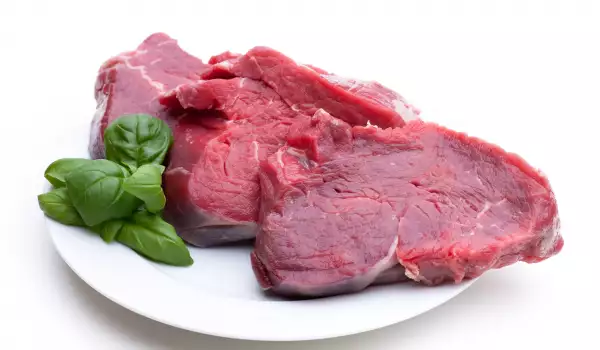
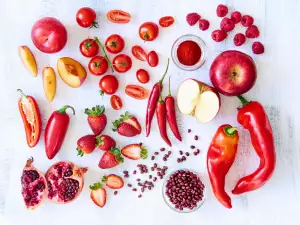
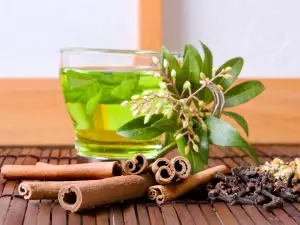
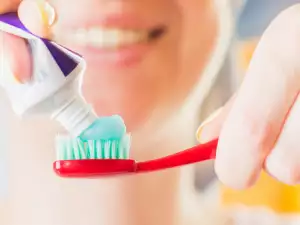
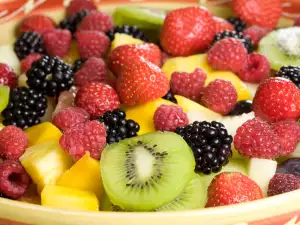
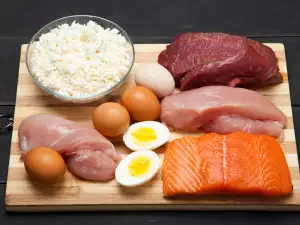


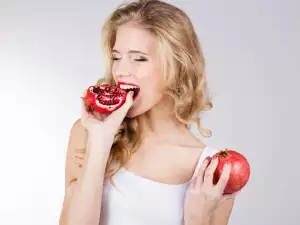
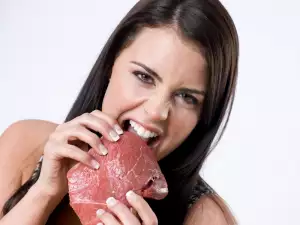
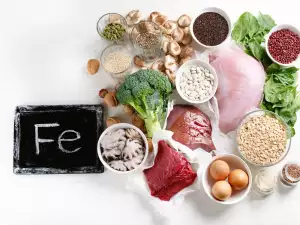
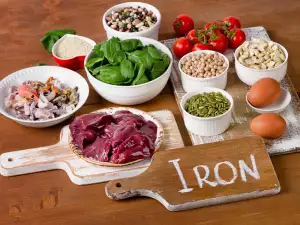
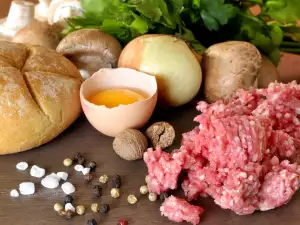




Comments